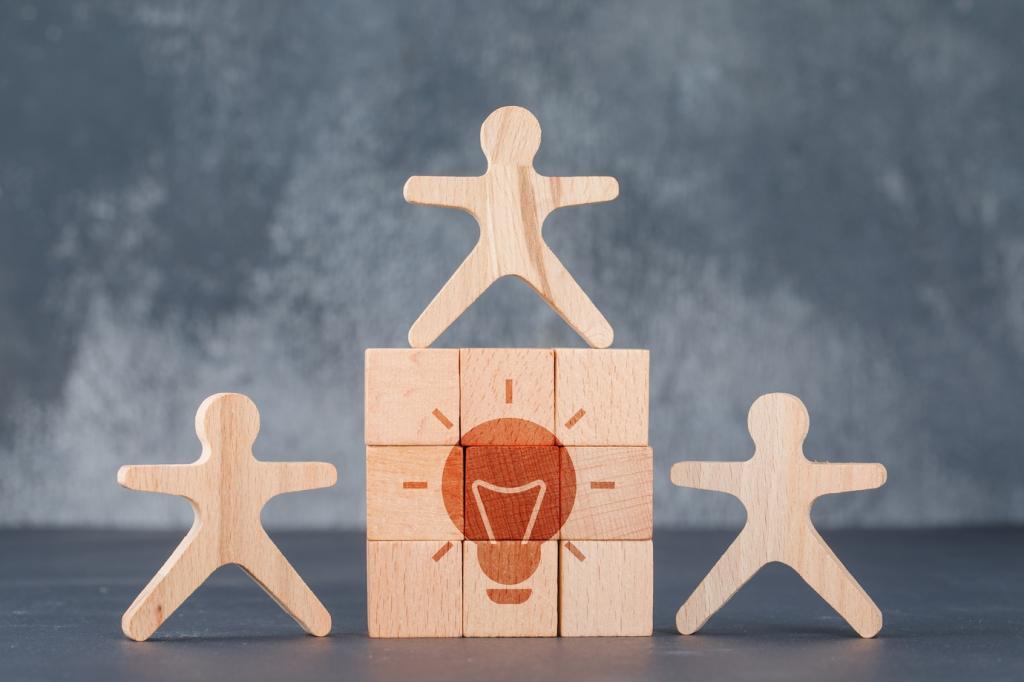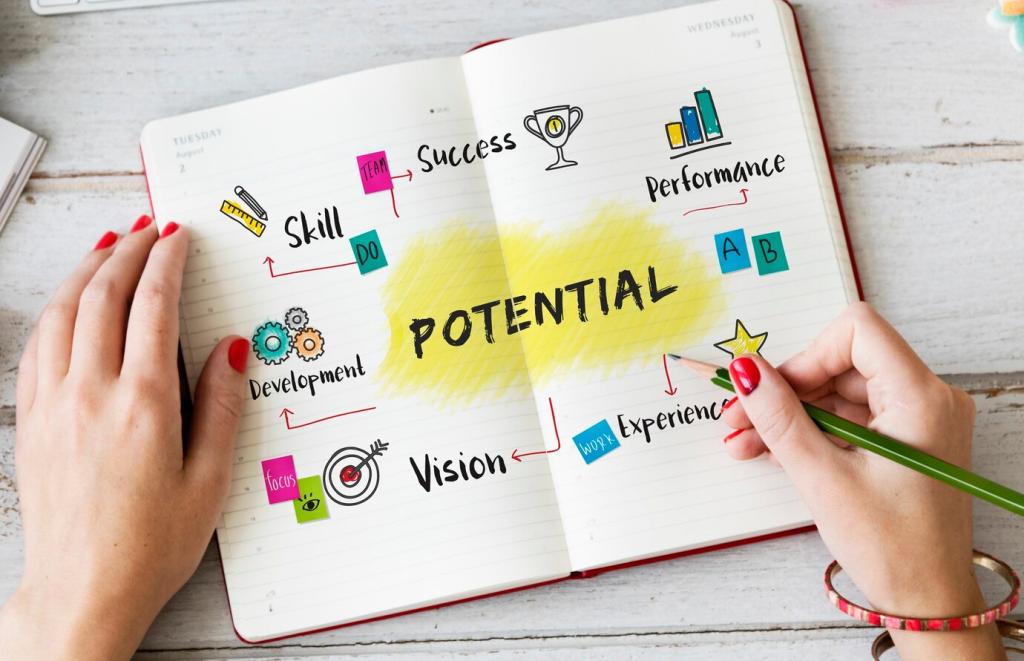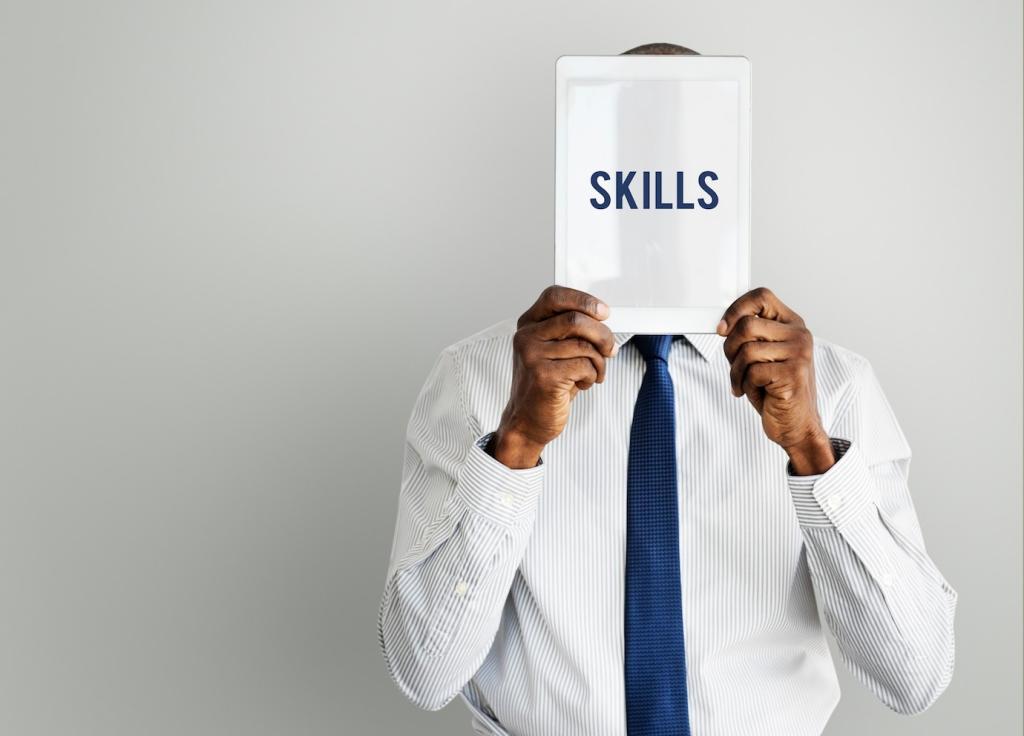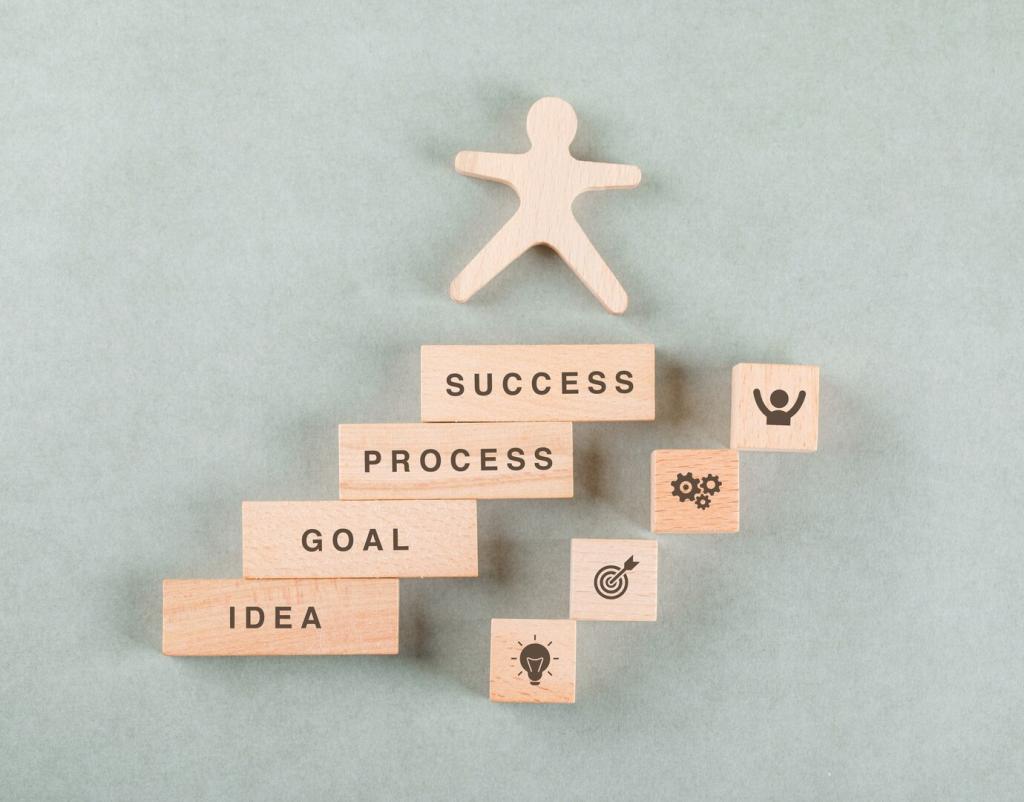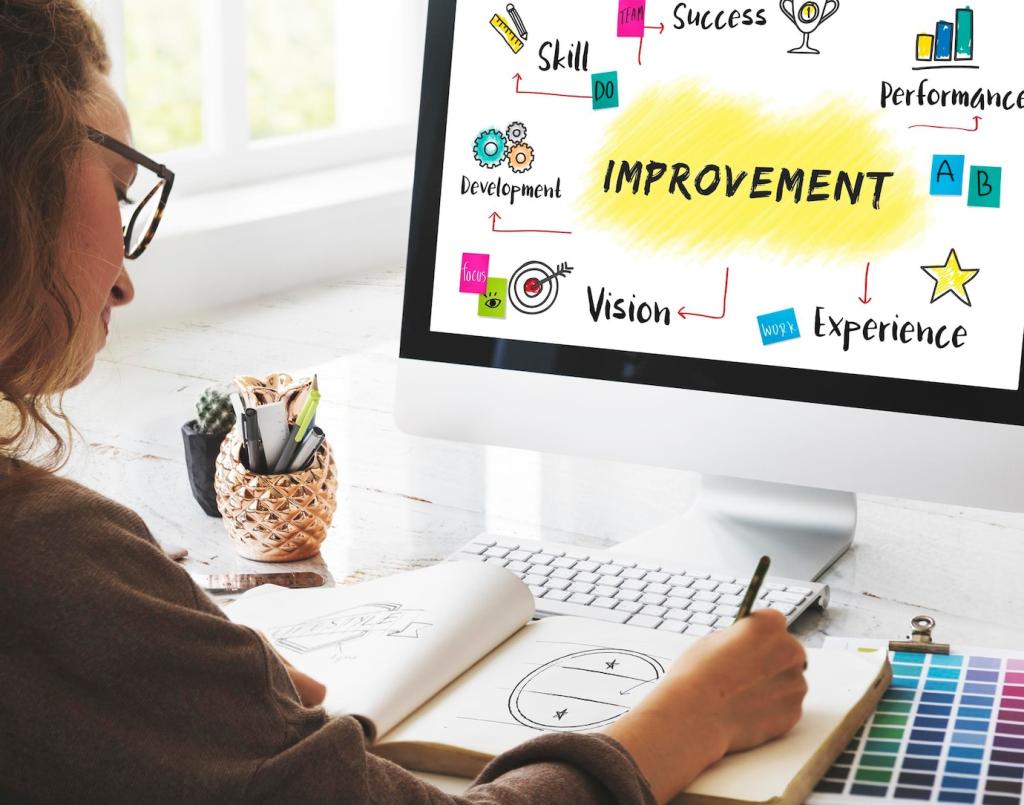Listen First: The Skill That Changes Everything
Show you’re present through eye contact, brief verbal acknowledgments, and paraphrasing. Ask clarifying questions rather than jumping to conclusions. This week, paraphrase one key point in each conversation and tell us how the other person responded.
Listen First: The Skill That Changes Everything
A comfortable pause invites deeper thought and honesty. When you resist the urge to fill silence, people reveal what truly matters. Try a two-second pause before replying today and report back on how it opened space for meaningful insight.
Listen First: The Skill That Changes Everything
Words carry facts; tone and pace carry feelings. Name the feeling you hear—curiosity, worry, frustration—to build rapport. Share a story of when labeling emotion helped you de-escalate tension or uncover an important, previously hidden concern.


